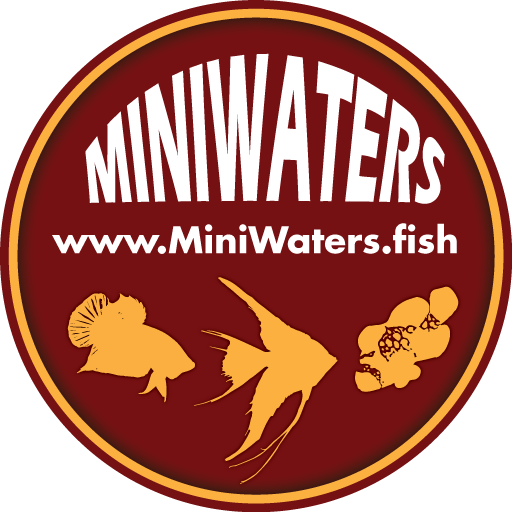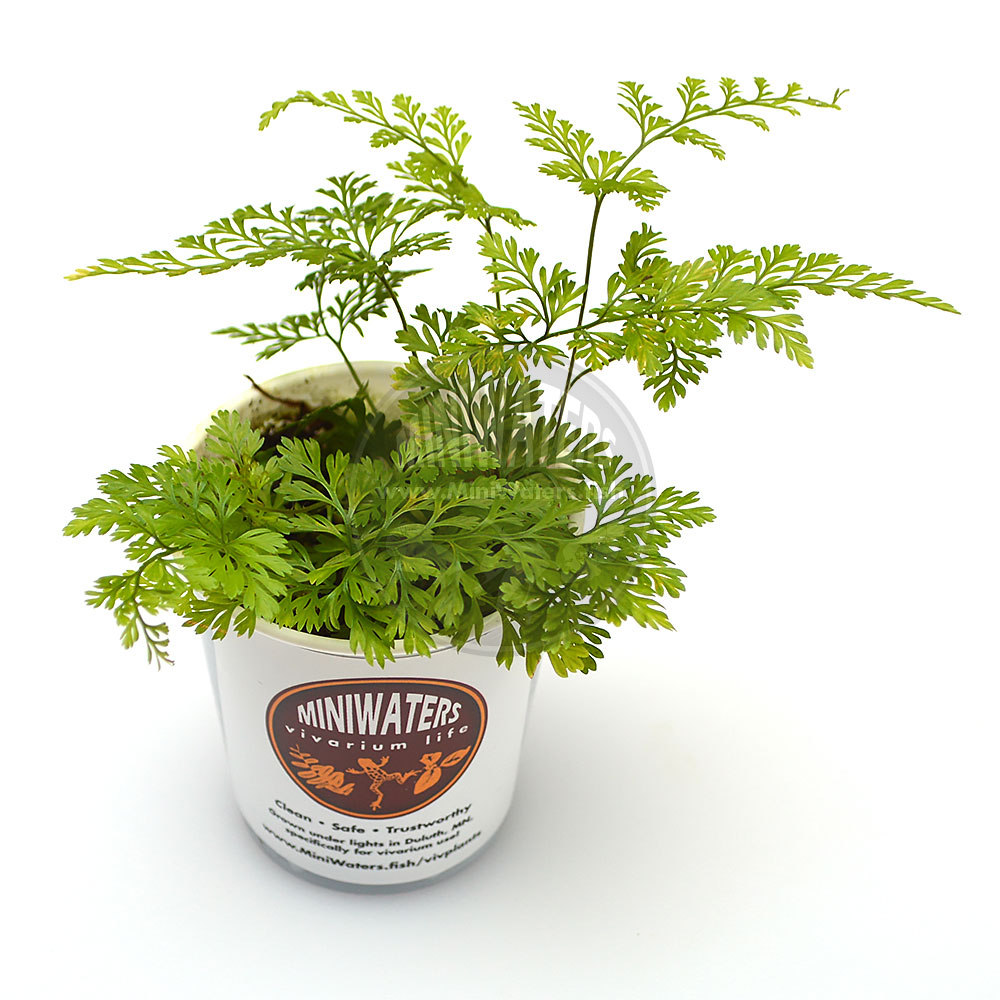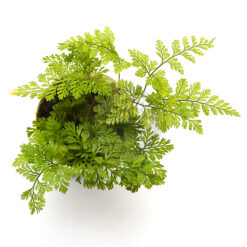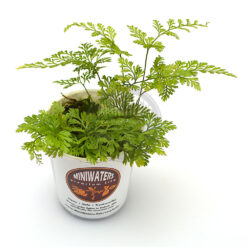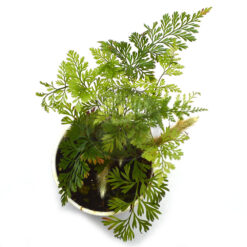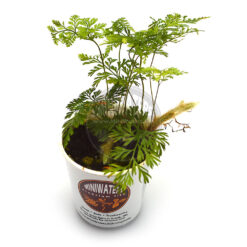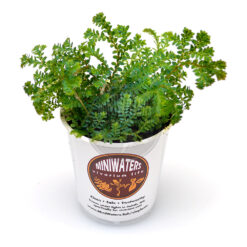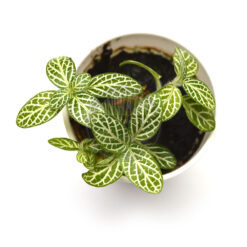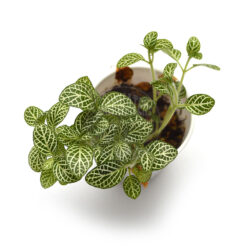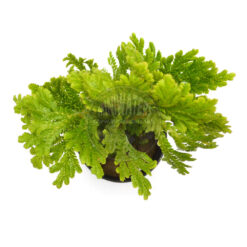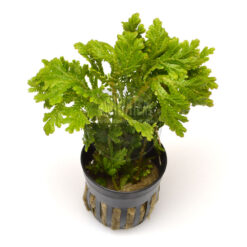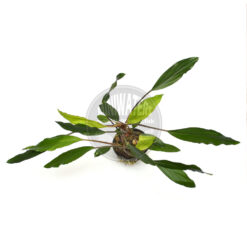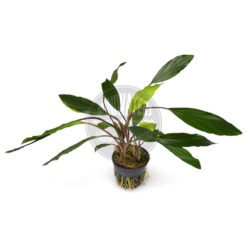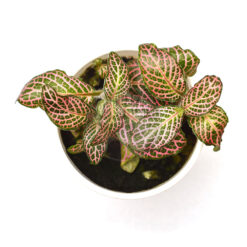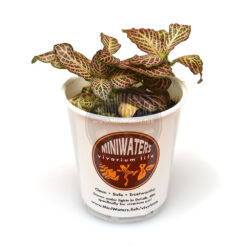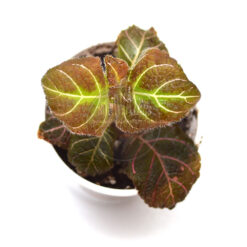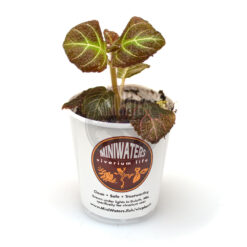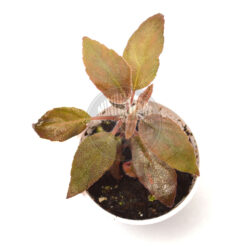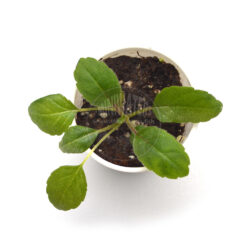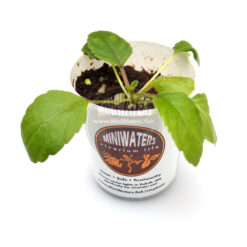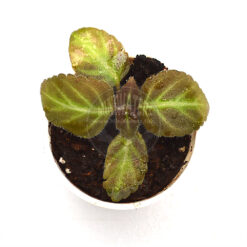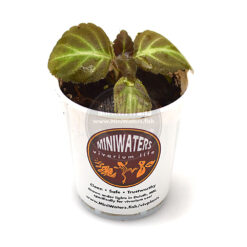Humata tyermanii ‘White Rabbit’s Foot Fern’
$5.00
The White Rabbit’s Foot Fern has been assigned to at least four different scientific names; for now, we’ll use the one our original broodstock came with. Regardless, this fern is known for its silvery, fuzzy rhizomes that creep and grow, allowing the fern to grow on the floor of a vivarium or mounted, where it will crawl and ramble, sprouting new leaves as it does. Easy growing, loves humidity. Sold in a 2″ cup.
Learn more below…
Description
Taxonomically it might be up in the air: the White Rabbit’s Foot Fern is sold both as Humata tyermanii and Davallia tyermanii. You may also see it offered as Davallia fejeensis and even Davallia solida var. fejeensis. In confusing scenarios like this, we tend to stick with the name that a plant first comes to us with. Regardless, this fern is known for its silvery, fuzzy rhizomes that creep and grow, allowing the fern to grow on the floor of a vivarium or mounted, where it will crawl and ramble, sprouting new leaves as it does. Easy growing, loves humidity. Sold in a 2″ cup.
General Care Information
About as easy as one can think; these are often grown as houseplants but truly flourish in a vivarium or terrarium setting. Most sources suggest that this fern is native to the Pacific islands of Fiji. Keep it humid and give it decent light and it will do quite well for you. From a size standpoint, while it is said that the fronds can reach heights of up to 2 feet (24 inches), although others report much more restrained growth, and the potted specimens seen sold as houseplants seldom have fronds over 6″ in length.
When transplanting into your vivarium, just be sure to set the rhizome on the desired substrate and be sure to hold it in place so it has time to take hold. If you break a rhizome, it’s not a huge problem…if it has at least one frond on it, it will likely be able to grow into a new plant without much difficulty.
About MiniWaters Vivarium Plants
Any plant whose cultivation condition is denoted as “sanitized” has been put through MiniWater’s bleach treatment and has been held in animal-free conditions following this treatment. While we do not guarantee our plants to be disease and pest free, we believe we are offering the lowest-risk plants possible. We encourage all customers to sanitize any plants they purchase from us, or any other vendor or hobbyist, prior to their use with your animals.
Visit www.MiniWaters.fish/vivplants for further details about how we grow our plants animal-free with organic methodologies while integrated pest management protocols, as well as detailed instructions for our bleach-sanitizing process.
Additional information
| Source | MiniWaters |
|---|---|
| Cultivation Condition | Sanitized, Grown Under Lights, Indoors |
| Sizes Available | 2" cup |
| Reference Link | https://en.wikipedia.org/wiki/Scindapsus_pictus |
| Wholesale Available | Yes |
Related products
Ferns & Mosses
Foliage
Ferns & Mosses
Aquarium Plants
Foliage
Ferns & Mosses
Foliage
Foliage
Foliage
